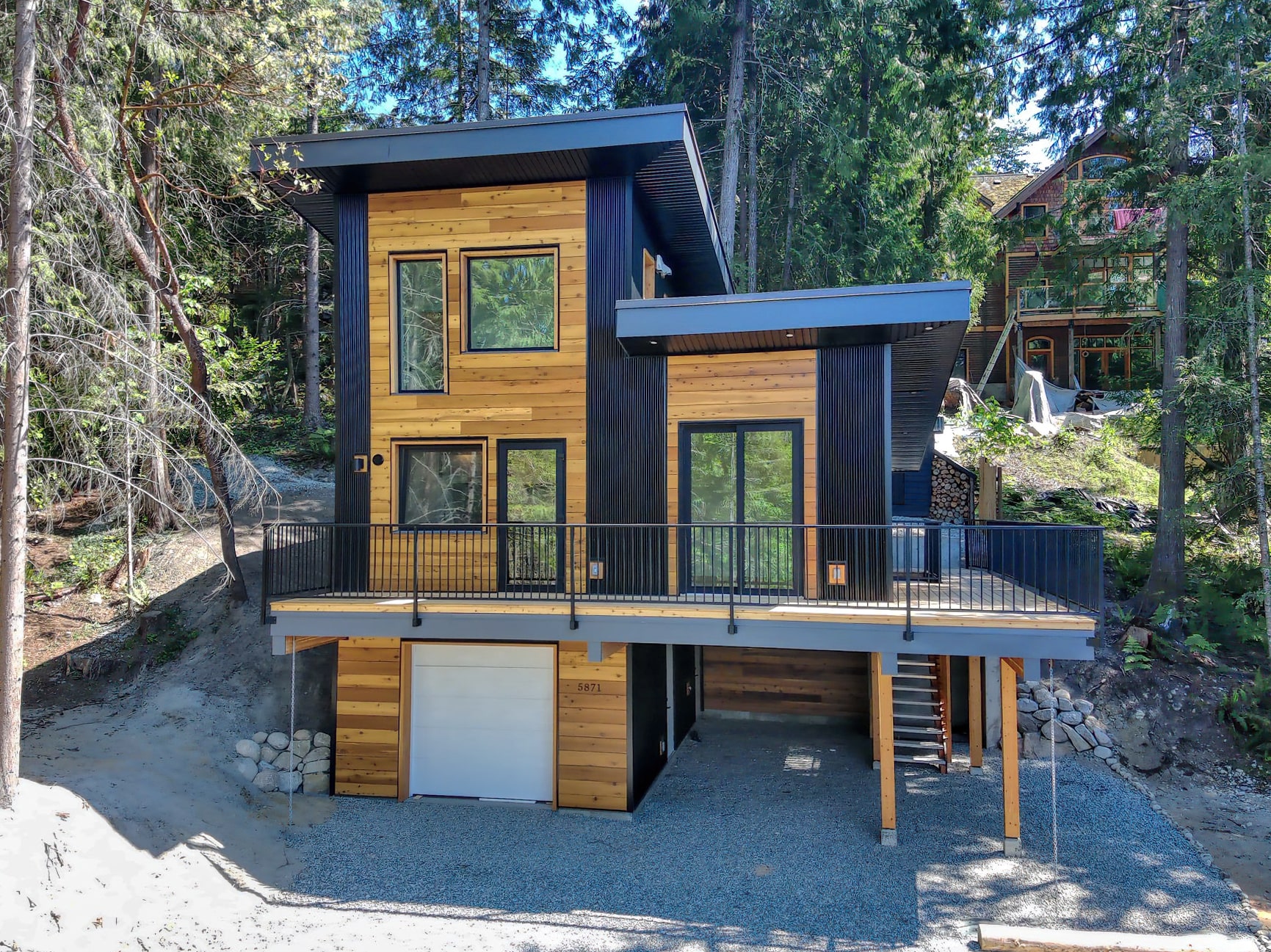
Today (May 1st, 2023) marks an important day for British Columbia’s construction industry, as significant changes to the province’s energy code take effect. The latest updates to the BC Energy Step Code, which come into effect today, require builders to meet higher standards of energy efficiency in new construction projects across BC.
The changes are a vital move towards decreasing the province’s carbon footprint, and at the same time, they can enhance homeowners’ quality of life by providing more comfortable and healthier homes while reducing energy costs long term.
In this blog post, we list the major changes to the BC Energy Step Code. We also explore how you, as a builder building a new home, can stay ahead of the curve and be prepared for future regulatory changes related to energy efficiency.
BC Energy Step Code
The BC Energy Step Code regulates the energy consumption and efficiency of buildings. Most new construction in BC will be required to be 20% more energy efficient than the base 2018 building code requirements.
Zero Carbon Step Code
The biggest change is the introduction of the Zero Carbon Step Code. This is essentially an add-on to the BC Energy Step Code with additional metrics to regulate the carbon emissions associated with operating buildings. Local governments can choose to opt-in to implement the Zero Carbon Step Code initially, but it is expected to become mandatory as soon as 2024.
What does it mean?
If you’re building a single-family home, a duplex, a triplex, or townhomes, you need to meet Step 3 of the BC Energy Step Code, at a minimum.
Meeting the Zero Carbon Step Code will require a comprehensive approach that addresses all aspects of building design and construction, including building envelope, fuel choice for heating, ventilation, air conditioning (HVAC) systems, and renewable energy generation.
Why you should already build to Step 5
Some municipalities have already adopted Step 5 of the BC Energy Step Code as a requirement for new construction projects. These municipalities include the City of North Vancouver, District of North Vancouver, District of West Vancouver, and the City of Richmond. Other municipalities are also in the process of transitioning to higher steps of the code, and it is likely that more will follow suit in the coming years.

If you start building a Step 5 home now, you will never fail Step 3.
What are the benefits for you and your teams?
- Consistency and confidence: When you are confident in the standards and regulations you need to meet, you can plan and execute all your projects more efficiently. Your trades know what is expected of them and can work to meet those requirements, reducing the likelihood of errors, delays, or additional costs.
- Improved reputation: By consistently delivering high-performance homes, meeting deadlines, and providing excellent customer service, you can build a positive reputation for quality and reliability.
- Reduced risks: When you have confidence in the energy efficiency metric you need to meet, you can reduce the risk of building a home that does not meet the required standards. This is especially true for airtightness. No more costly delays due to failed blower door tests.
- Increased sales: By building homes to Step 5, you are building the 2032 home and can attract environmentally conscious buyers and increase sales. Many homebuyers are looking for homes that are energy-efficient and environmentally sustainable, especially millennials. If you can offer these features, you will remain competitive.
What are the benefits for homeowners?
- Reduced energy bills: An energy-efficient home can significantly reduce energy bills for homeowners, as it minimizes the need for heating, cooling, and other energy-consuming systems. A step 5 home costs less than $100/month!
- Improved comfort: Did you feel the discomfort of 30+ degrees during the heat dome, a few years ago? Well, there is none of that in a Step 5 home. The temperature and humidity levels remain consistent throughout the house.
- Improved health: An energy-efficient home can help improve indoor air quality by reducing the infiltration of outdoor pollutants, allergens, and outside noise. This leads to a quieter and more peaceful environment for occupants. Who doesn’t like a sound night of sleep?
Does it cost more to build?
The short answer is: not if you invest time in an Integrated Design Process. Hiring your Energy Advisor early in the design process can save money in several ways:
- Design Optimization: We work with builders and architects to identify cost-effective energy-efficient measures that can be integrated into the design of the home. By identifying these measures early in the process, you can incorporate them into the design from the beginning. An optimized design means reduced material costs, reduced labor costs, and reduced construction time.
- Right-sizing of mechanical systems: By right-sizing mechanical systems, you can avoid oversizing and overpaying for equipment. An energy-efficient home is designed to be highly insulated, airtight, and well-ventilated, which means it doesn’t require much equipment to heat the home! Smaller, properly sized equipment is less expensive to purchase and install, resulting in cost savings.
From helping you navigate complex code requirements to providing guidance on energy-efficient design and materials, we help ensure that new homes are built to the highest standards of sustainability and comfort. By hiring us early in the design process, you can save money and time while also providing your clients with the best possible outcomes.
Contact us or call 778-658-5508 for your next Step Code home.

